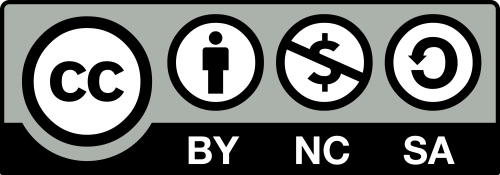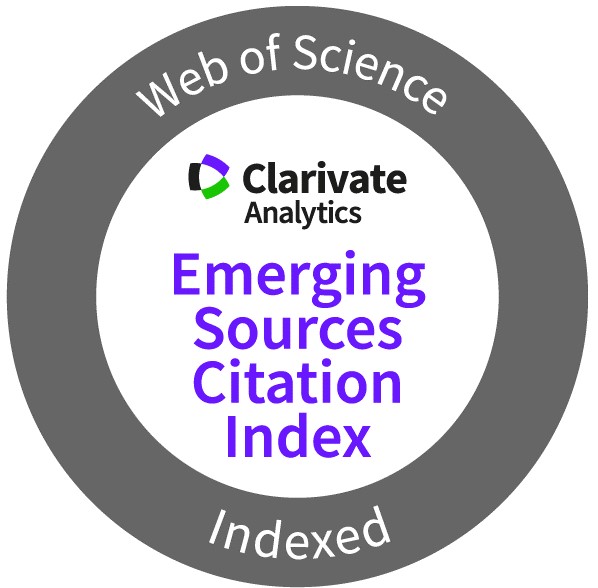Enviar un artículo
Información
Idioma
Palabras clave
Calidad de Vida y Salud (ISSN 1850-6216) es una publicación de:
Universidad de Flores
Pedernera 275 (C1406) | Ciudad Autónoma de Buenos Aires | Argentina

Calidad de Vida y Salud se encuentra bajo la licencia de Creative Commons Atribución-NoComercial-CompartirIgual 4.0.







